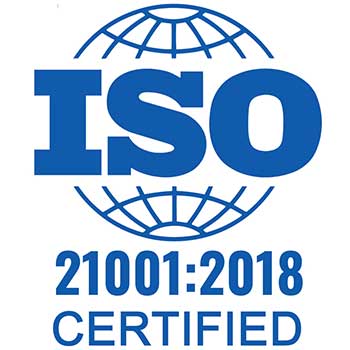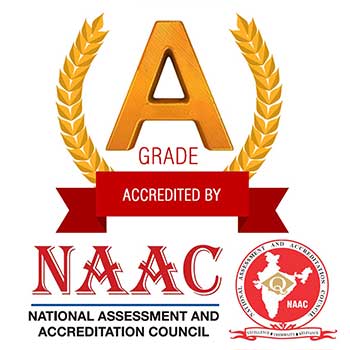Cost Effective Ferrocement Small Houses Part I
Introduction
Ferrocement or ferro-cement also called thin-shell concrete or ferro-concrete is an extremely versatile form of resistant concrete made of sand, wire mesh, water, and cement, which possesses unique qualities of strength and serviceability. It can be constructed with the smallest amount of skilled labor and utilizes readily available equipment and materials.
Ferrocement has a very high tensile strength to weight ratio and better cracking behavior in comparison to conventional reinforced concrete. This means that thin ferrocement structures can be made comparatively light and watertight. Hence, ferrocement is an attractive material for the construction of prefabricated housing units, boats, barges, and other portable structures.

Need For Cost Effective Houses Building Techniques
Today we are living in the concrete world with rising prices in everything. When it comes to buy a house or build it then we can't even imagine. Considering the cost of cement, sand, aggregates, and steel are on high and the need to adopt cost effective technology in construction has become imperatively essential to everyone so that the constructing a house is within the reach of a common man.
However, nowadays we can see that most of the houses are constructed by framed structure concept made of columns and beams. Though there is a lot of need for cement and steel. But, for a simple structure like a house, we can adopt cost-effective time technology to save the cost.
The ferrocement has been used like an effective alternative that, on the one hand, offers durable houses and of good quality, and, on the other hand, it offers a constructive system with base in not described severe manpower.
History Of Ferrocement
Joseph-Louis Lambot’s original French patents on wire-reinforced boats were issued in 1847 not long after the development of Portland cement. This was the birth of reinforced concrete, but there was the subsequent development from Lambot's concept. While the technology of the period could not accommodate the time and effort needed to make the mesh of thousands of wires. In its place, large rods were used to make what is now called standard reinforced concrete, and the concept of ferrocement was almost forgotten for a hundred years by then.
However, in the early 1940's, Pier Luigi Nervi resurrected the original ferrocement concept when he experimented that reinforcing concrete with layers of wire mesh produced a material possessing the mechanical uniqueness of an approximately homogenous material and capable of resisting high impact.

The above image is a Model of ferrocement boat made by Joseph-Louis Lambot’s.
The thin slabs of concrete reinforced in this manner proved to be flexible, expandable, and exceptionally strong. After the Second World War, Nervi demonstrated the helpfulness of ferrocement as a boatbuilding material. The firm built the 165-ton motor sailer Irene with a ferrocement hull 1.4 inches which is 3.6 cms thick, weighing 5 percent less than a similar wood hull, and costing 40 percent less. While the other ferrocement boats have shown similar practicality, and their number is steadily increasing.
However, the recent emphasis on the use of ferrocement for boatbuilding has covered Nervi's noteworthy applications to buildings, begun in 1947. After building a small storage space building in his own construction yard to demonstrate its adaptability and strength, he covered the swimming pool at the Italian Naval Academy with a SO-foot vault and followed this with the famous Turin Exhibition Hall-a structure spanning 300 feet. He then built several other long-span structures of ferrocement. Nervi's work and succeeding applications presage an application of ferrocement on land that may overshadow the fresh-water applications.

The above image is the Ferrocement-roofed warehouse in Tortona, Italy, designed and built by Nervi in the year 1950-51 for storing salt.
Material Used For Making Ferrocement
- Cement
- Fine Aggregates
- Water
- Admixture
- Mortar Mix
- Reinforcing Mesh
- Skeletal Steel






